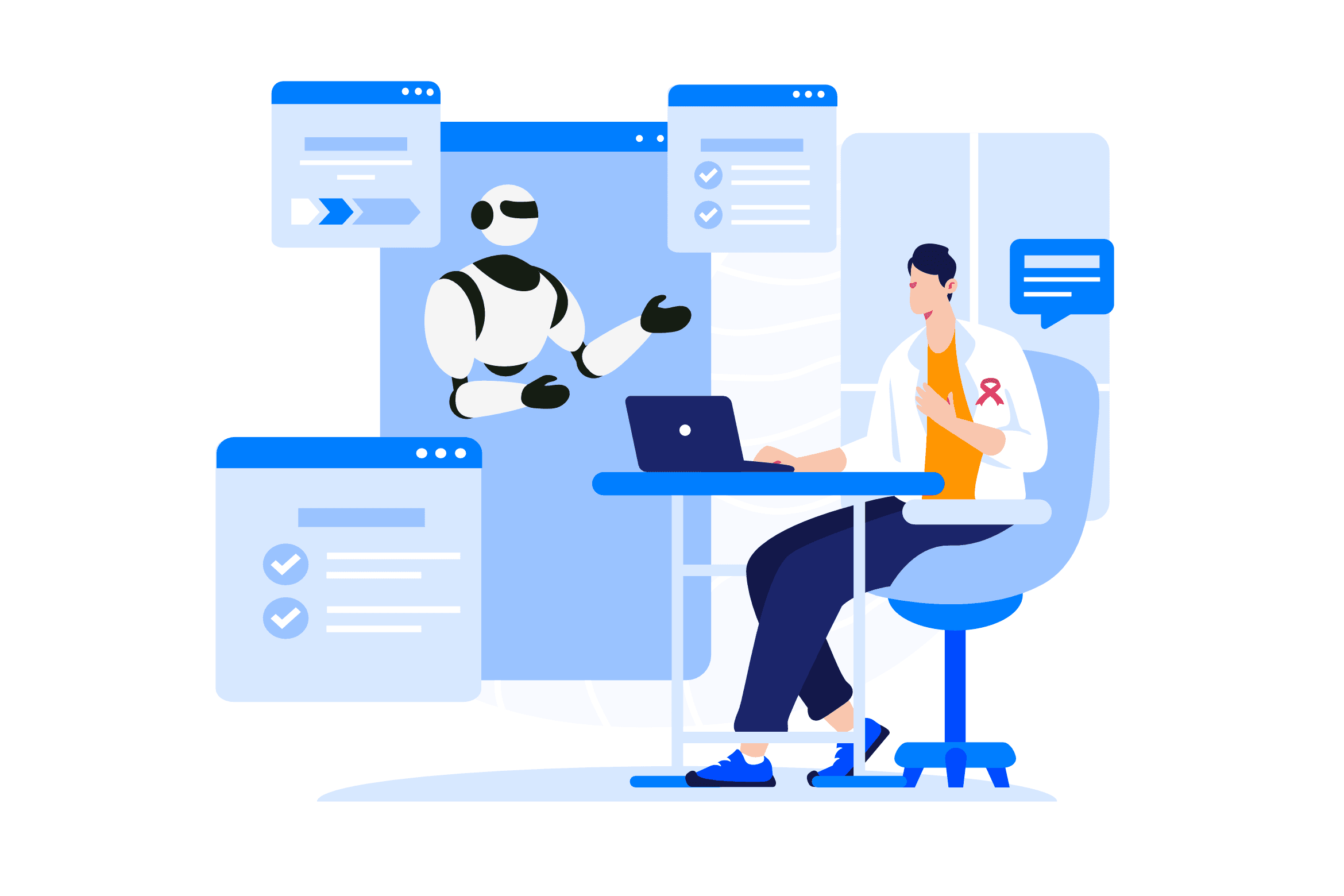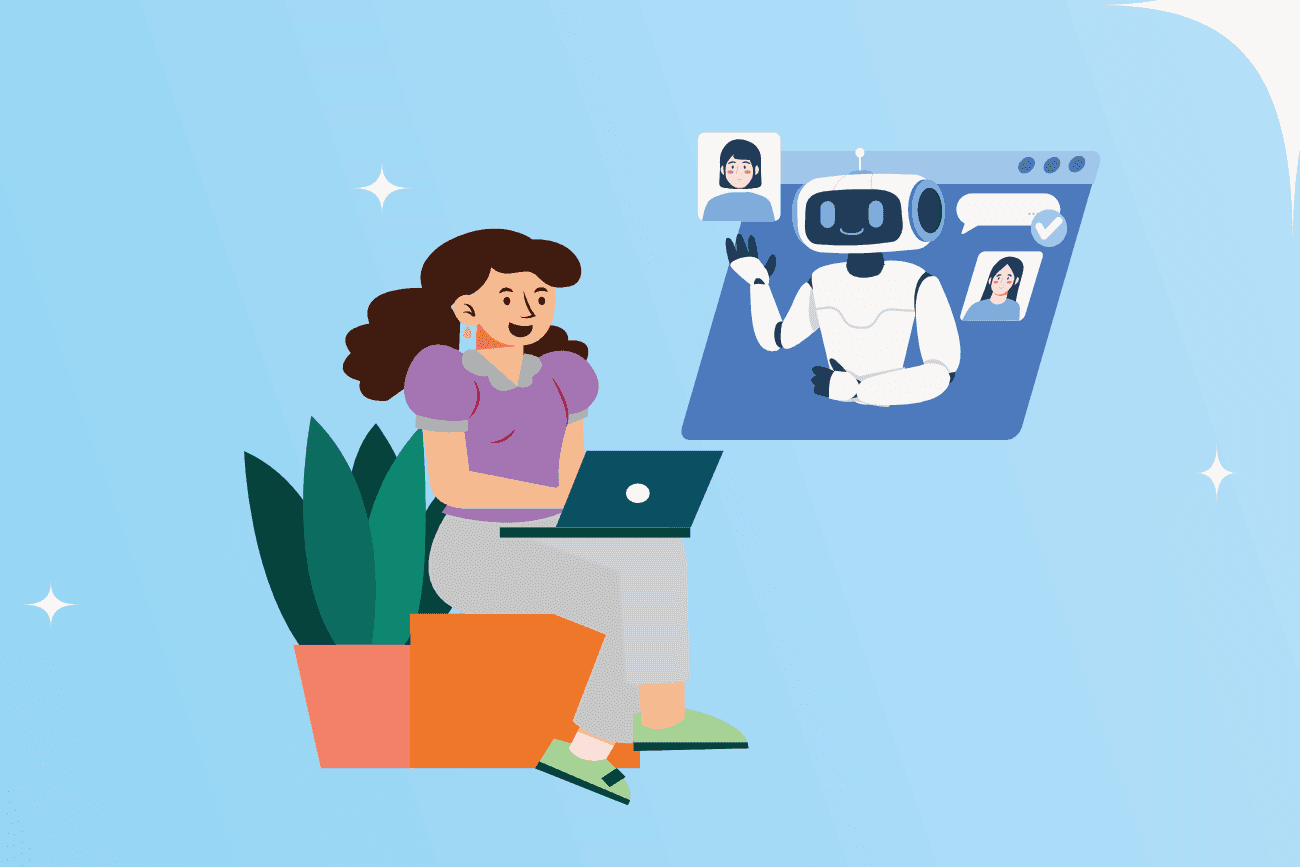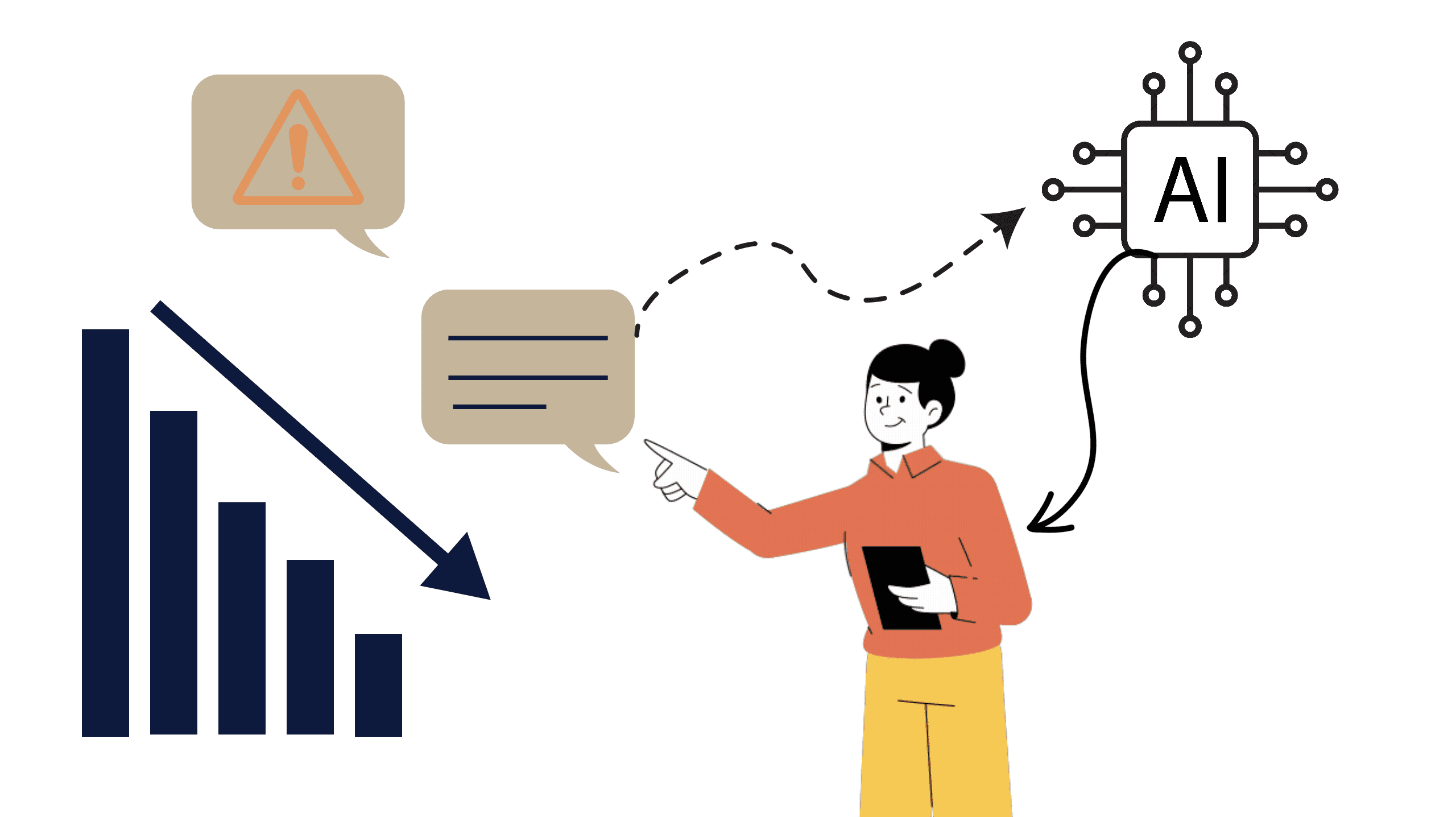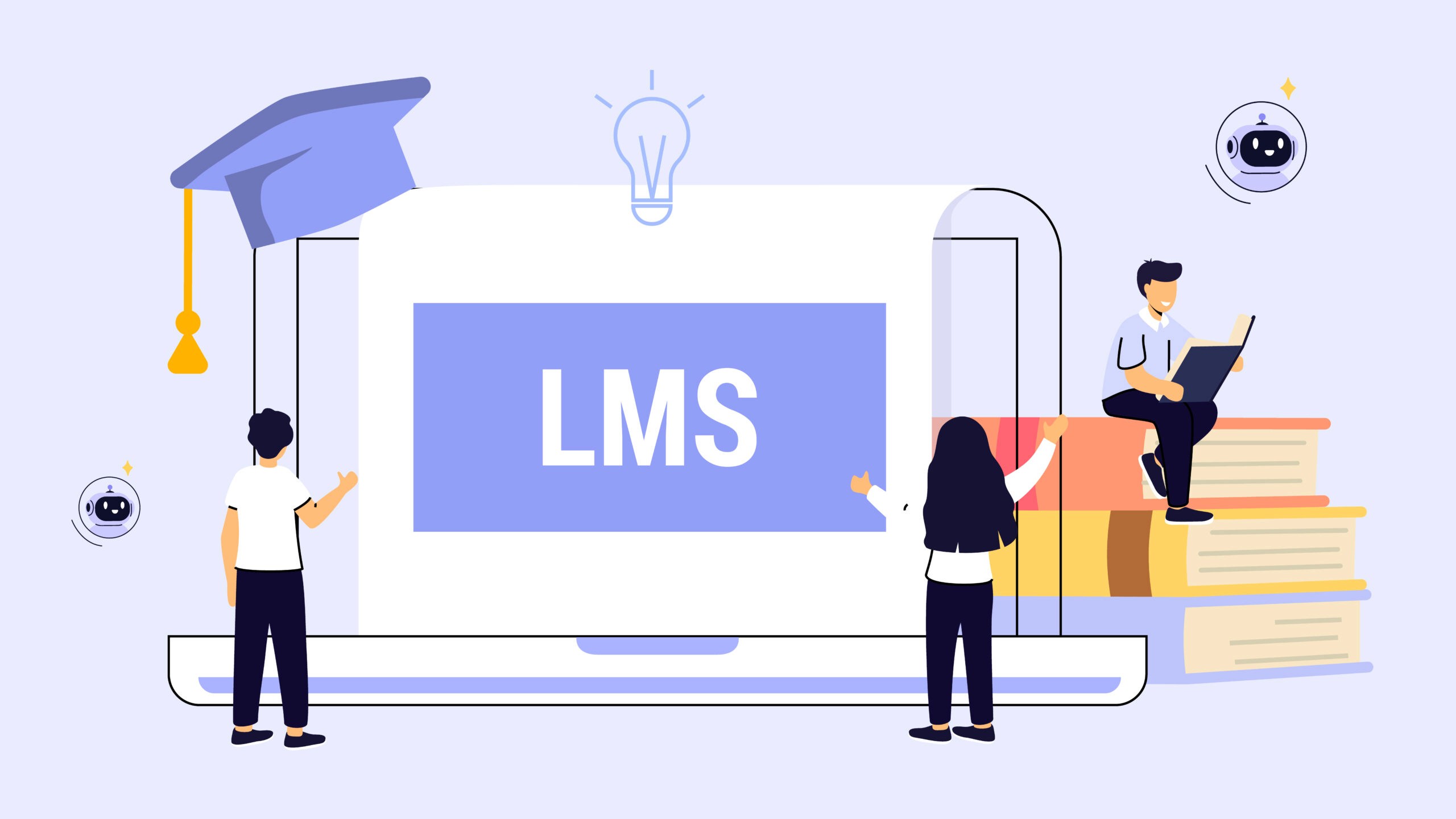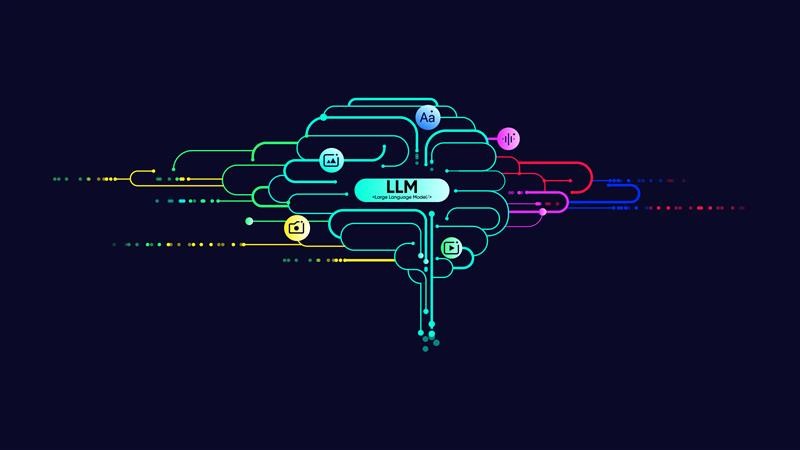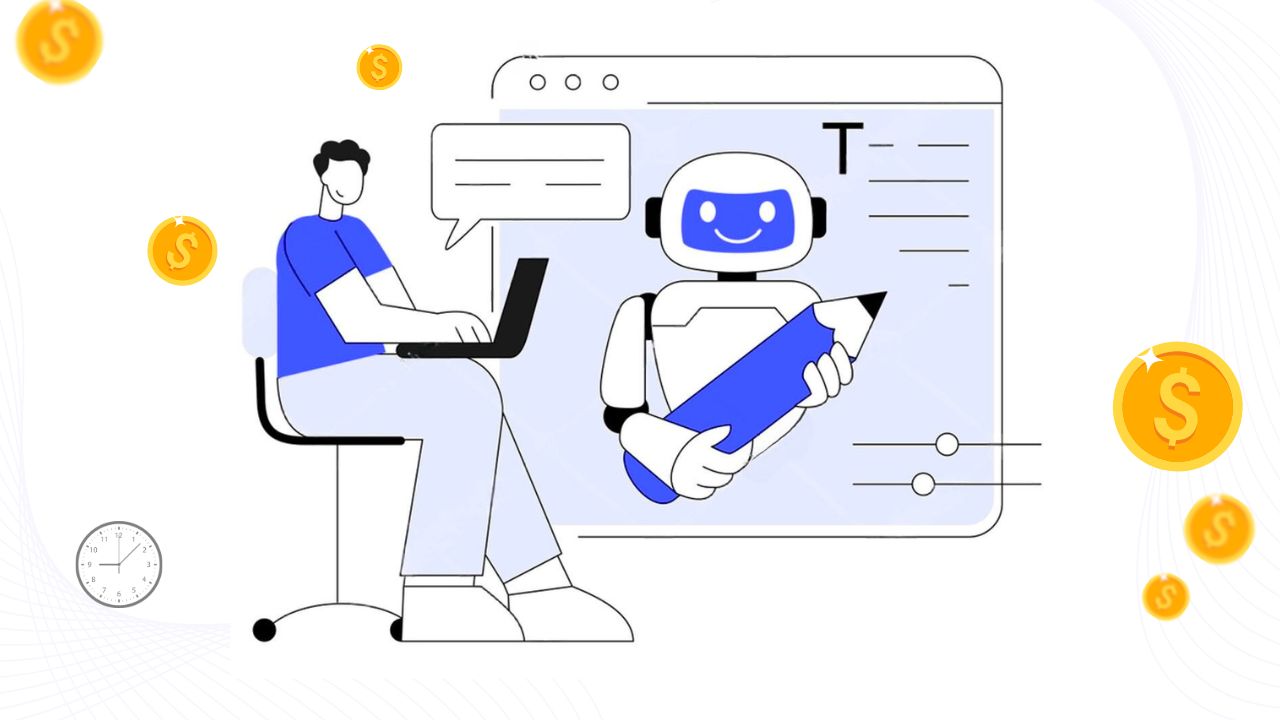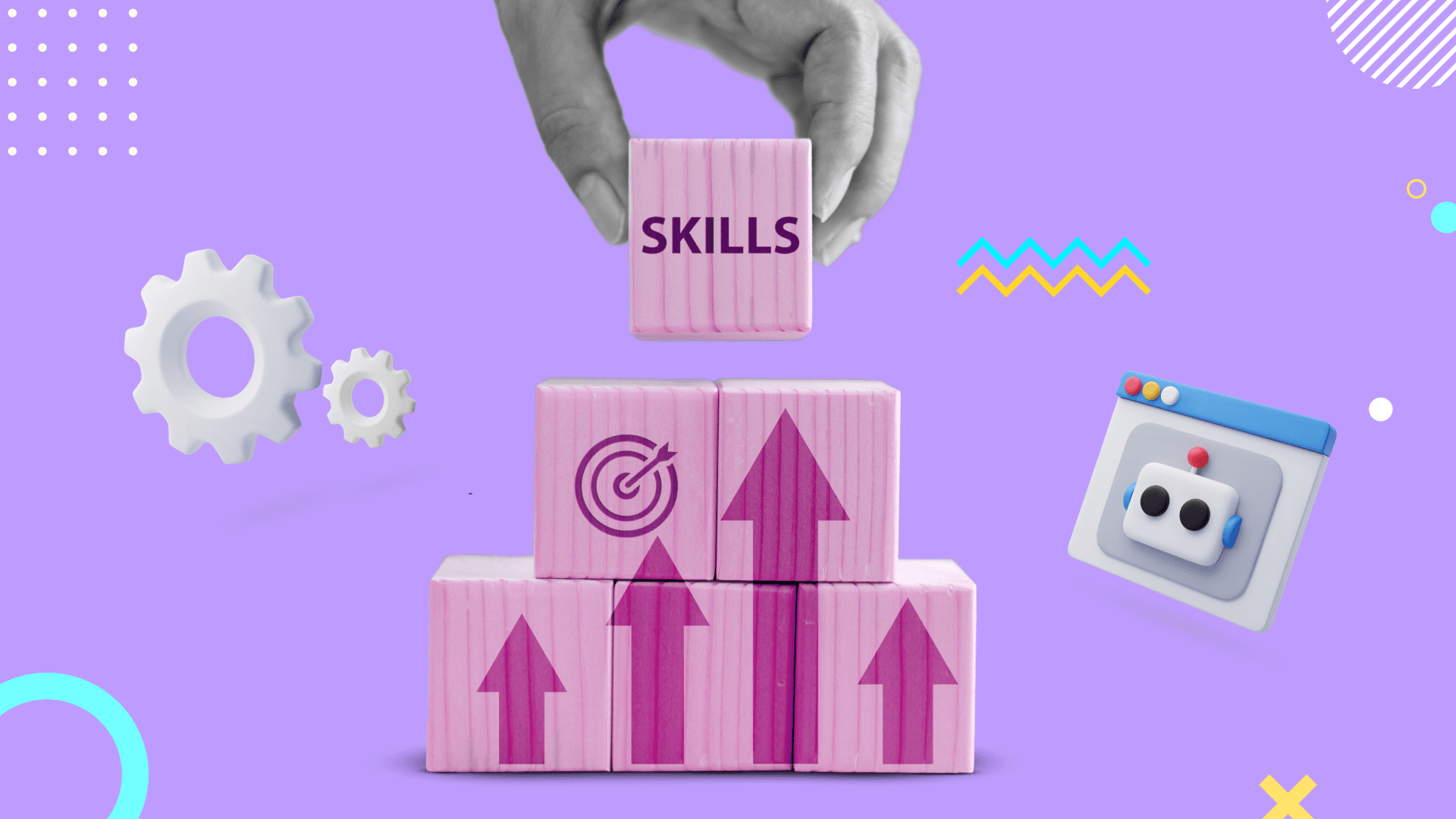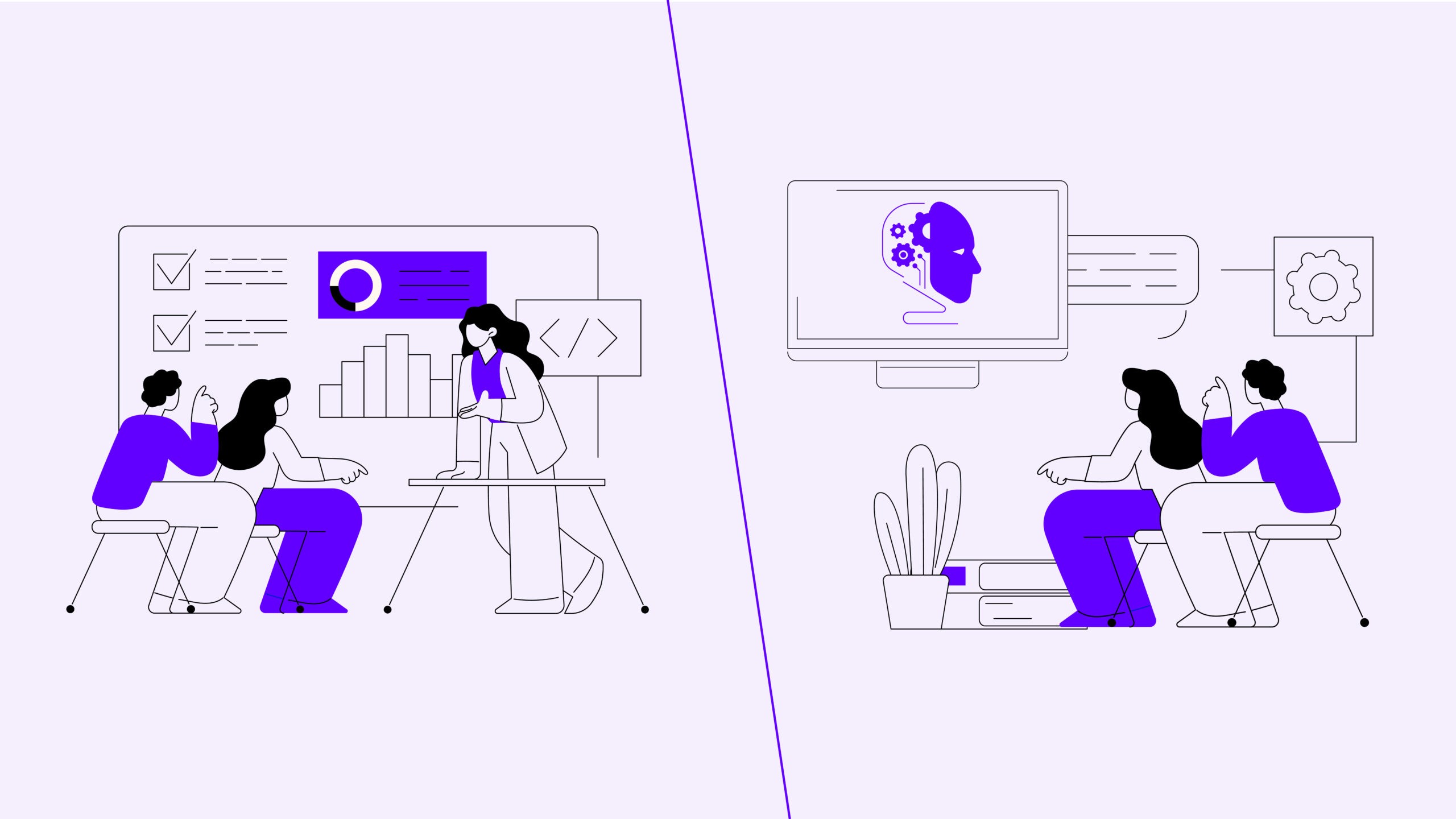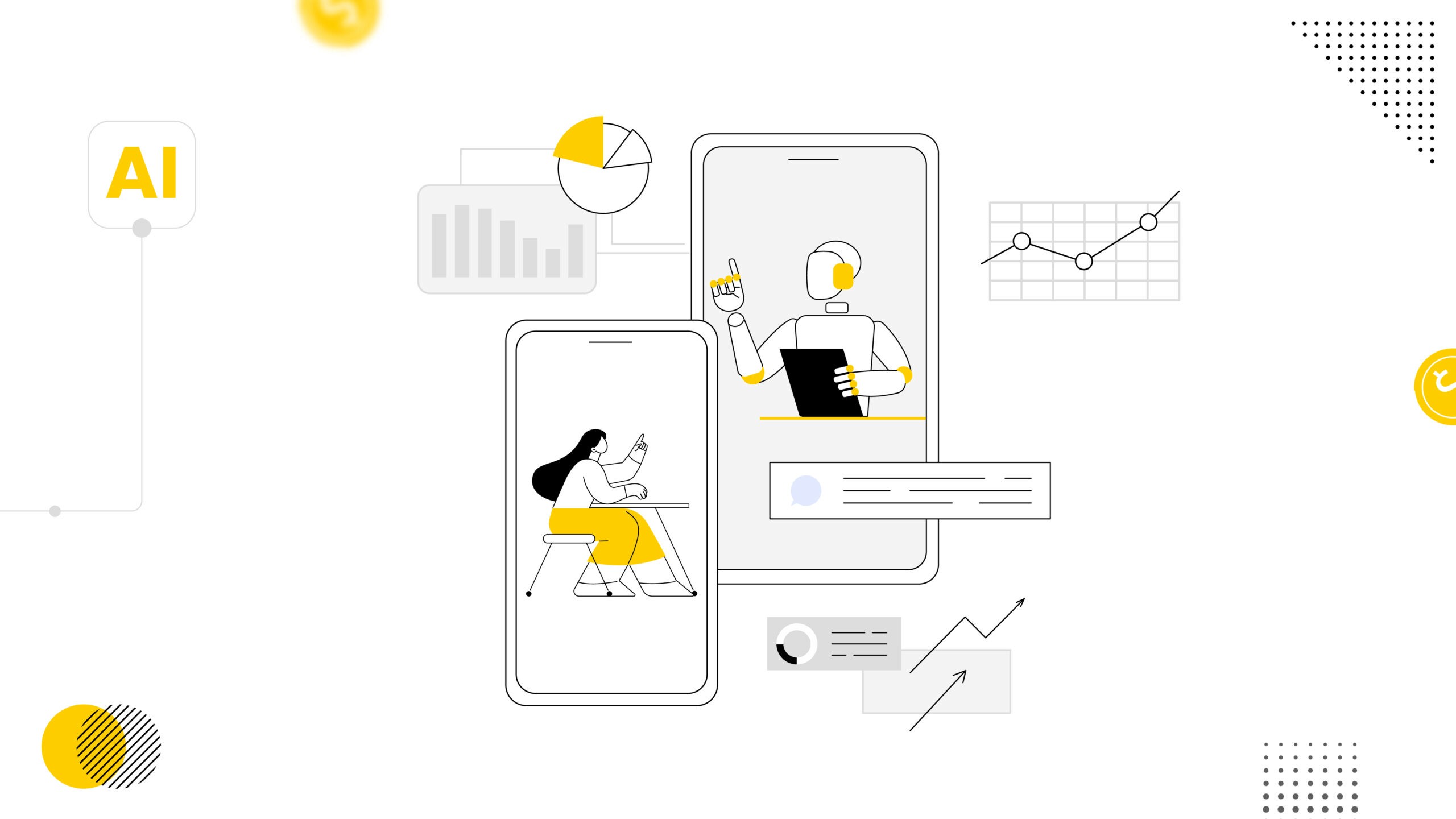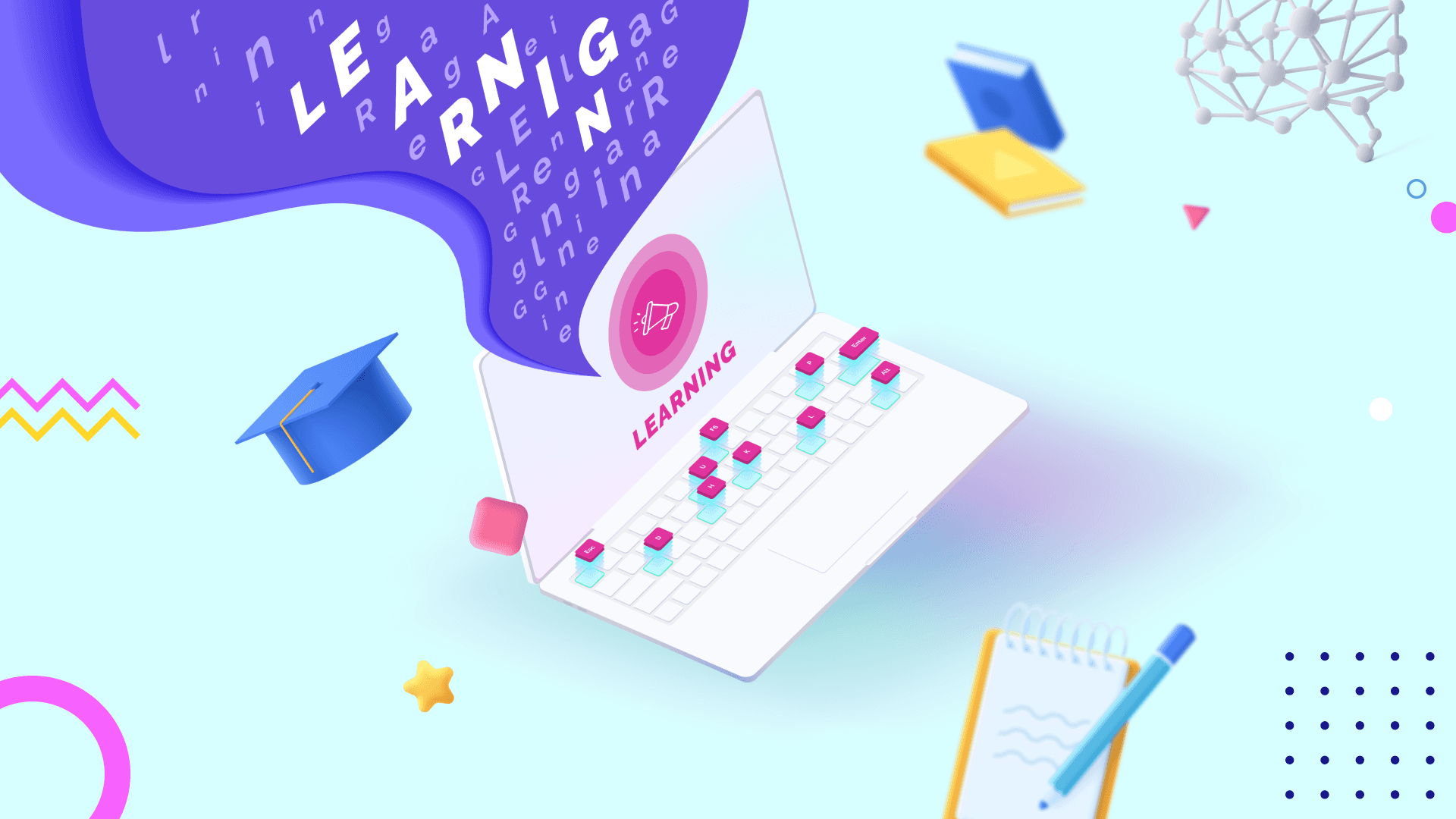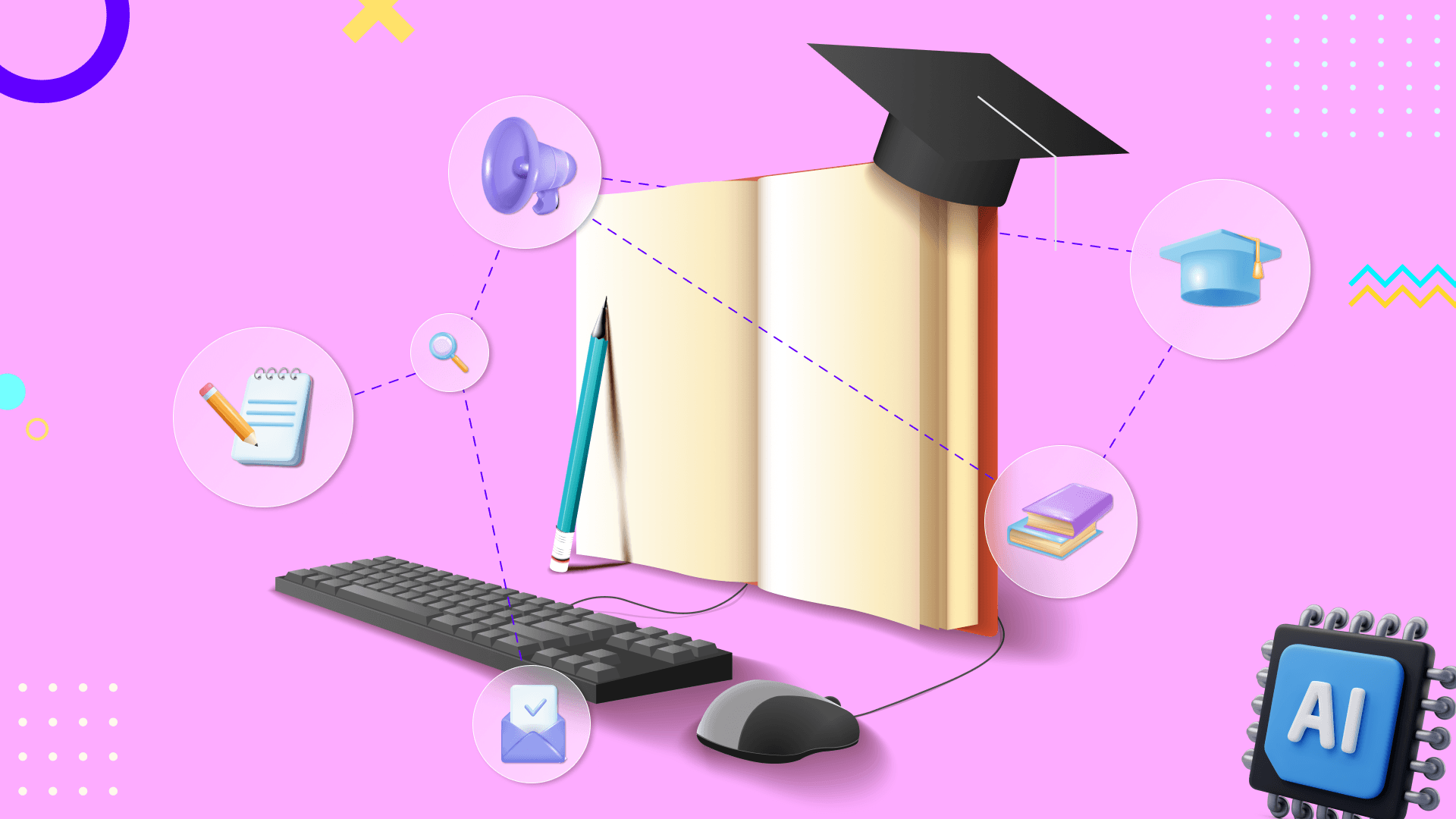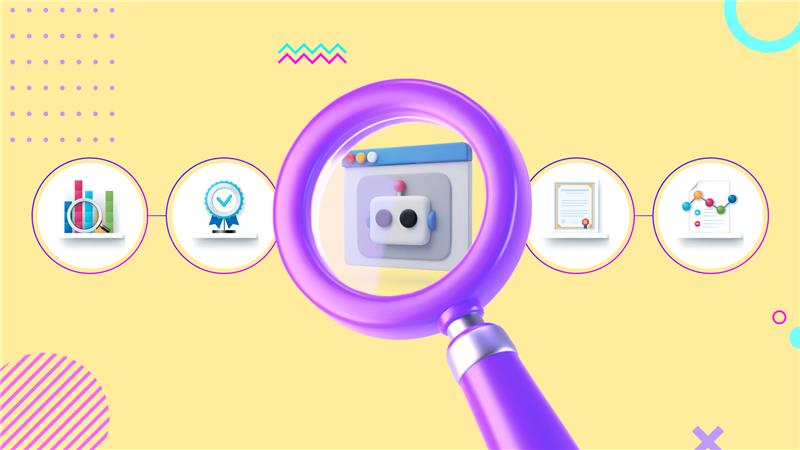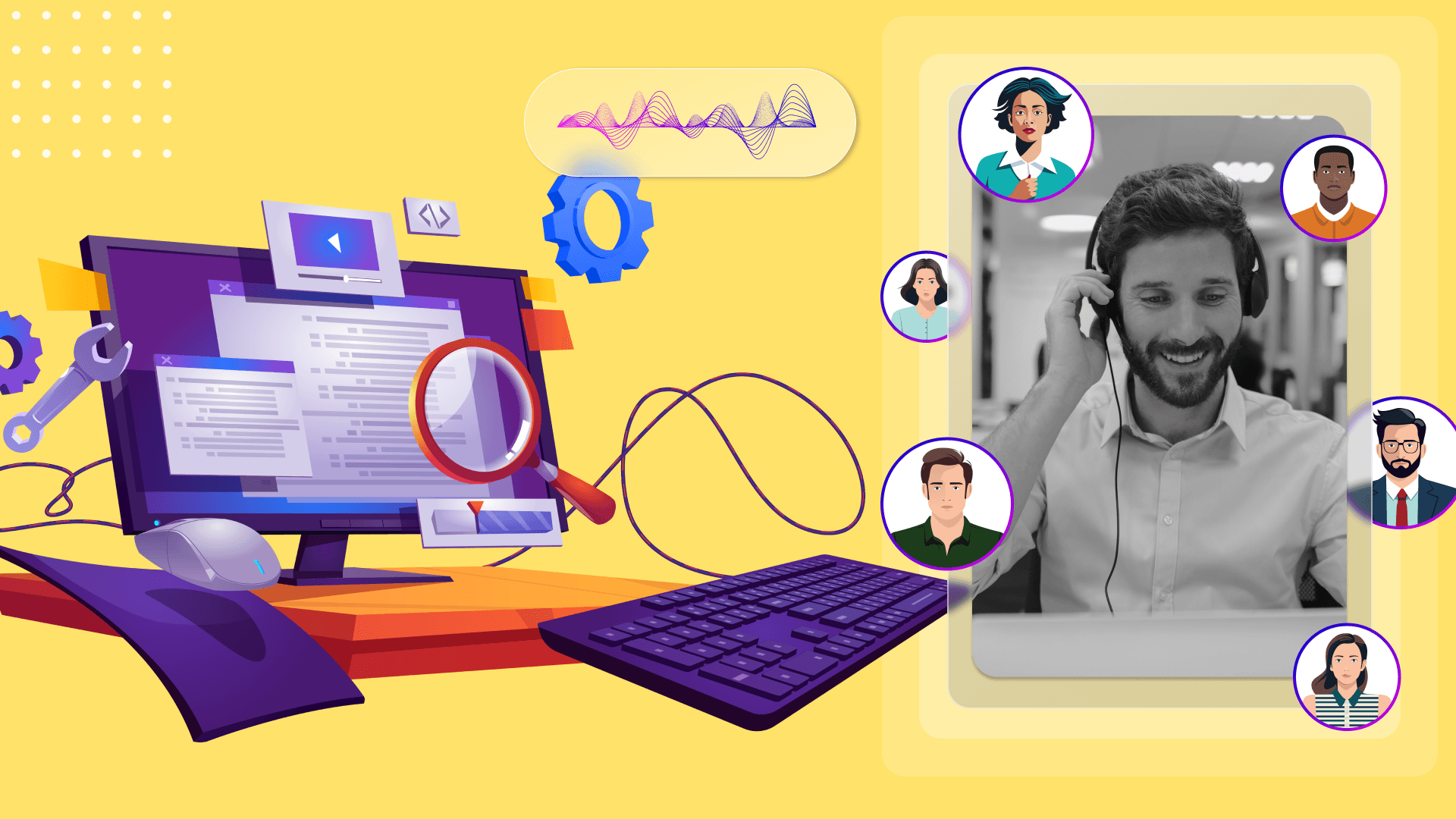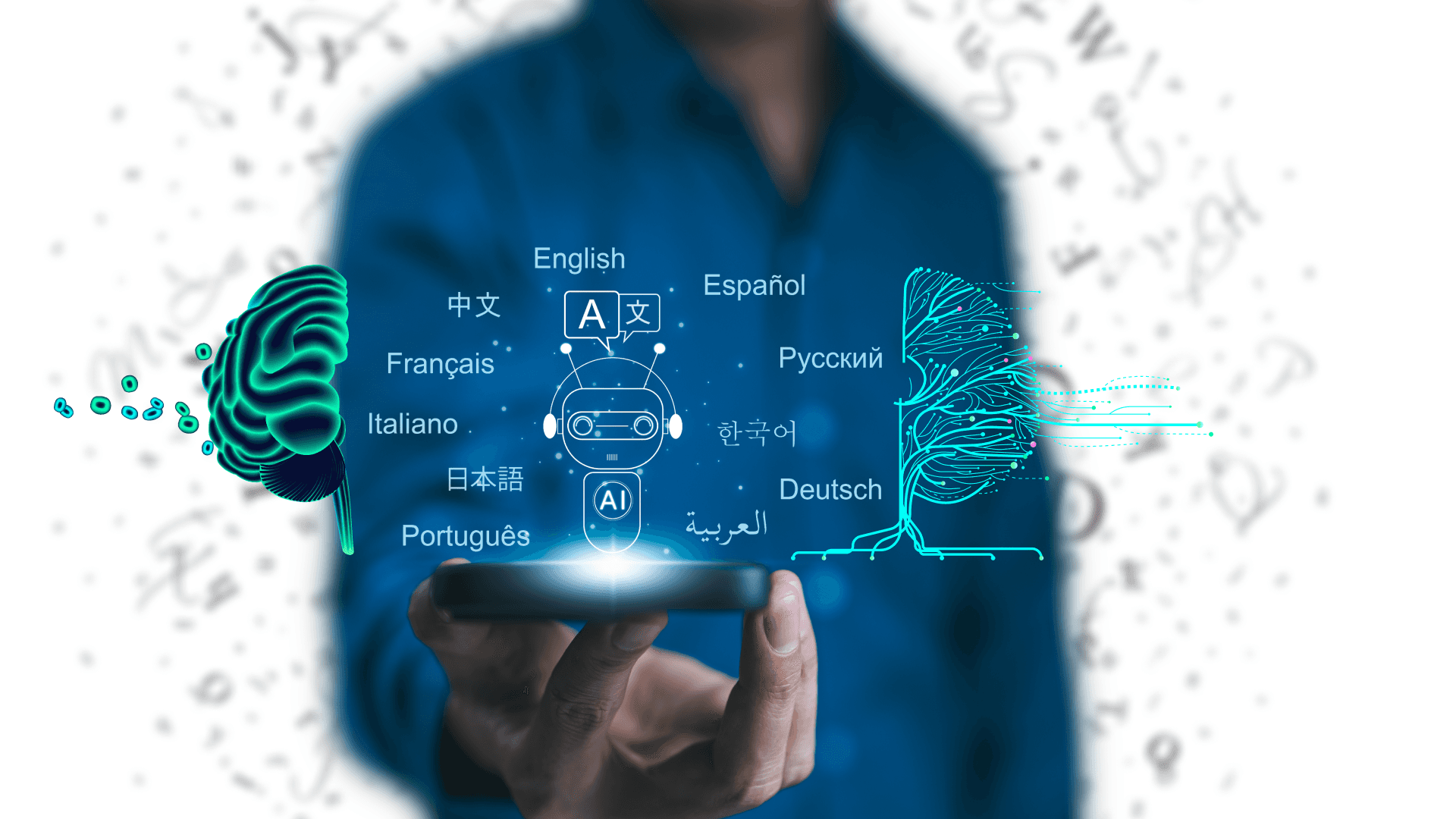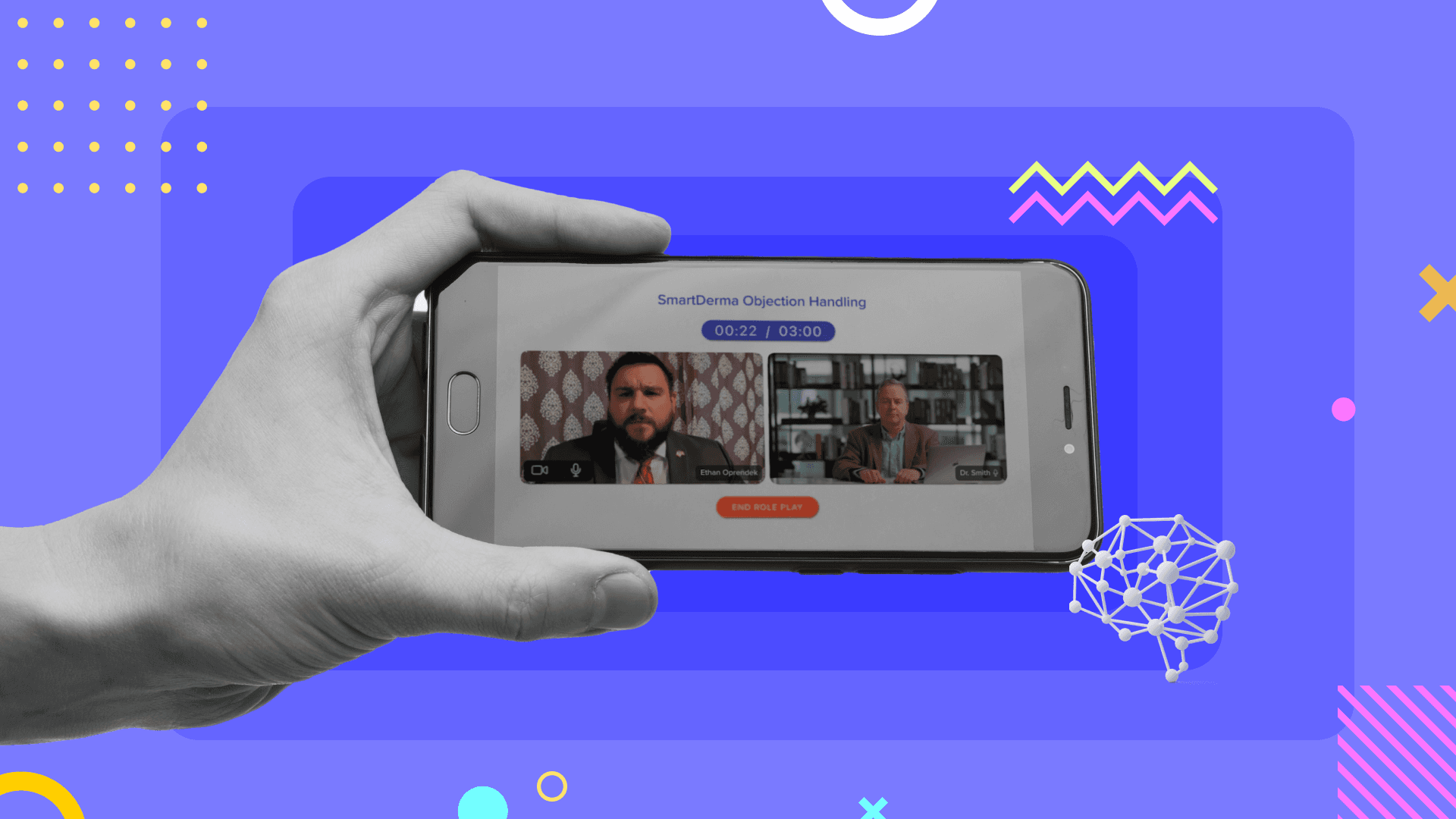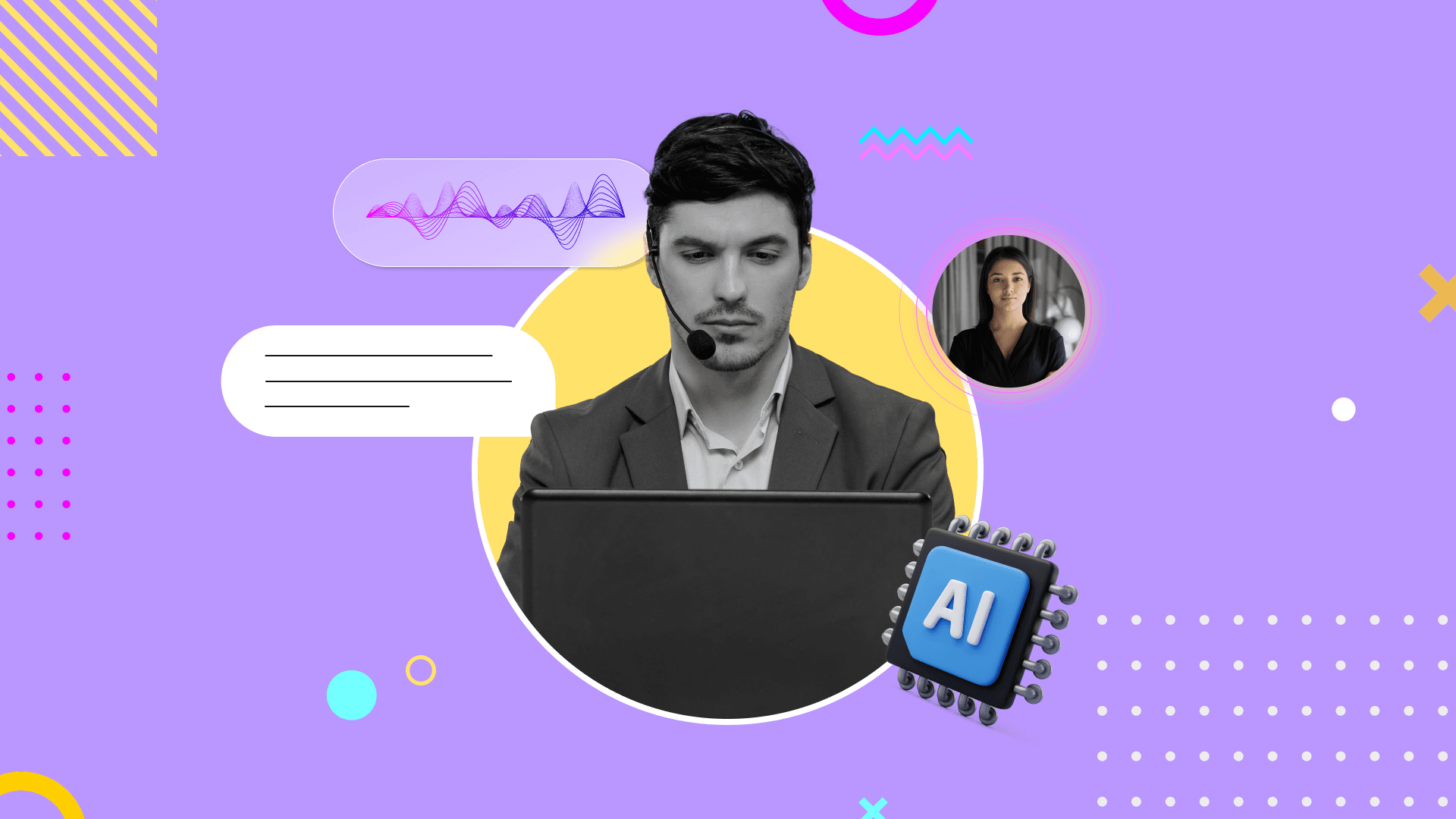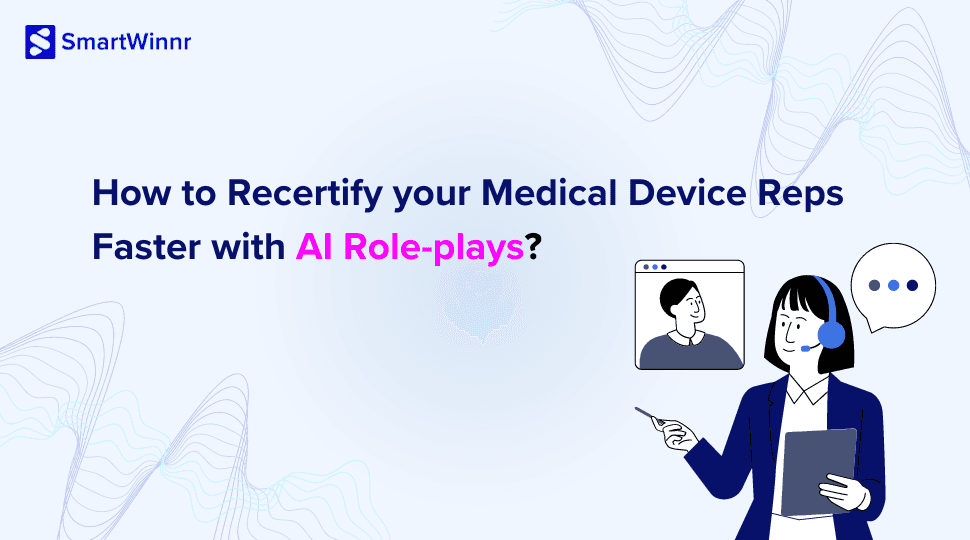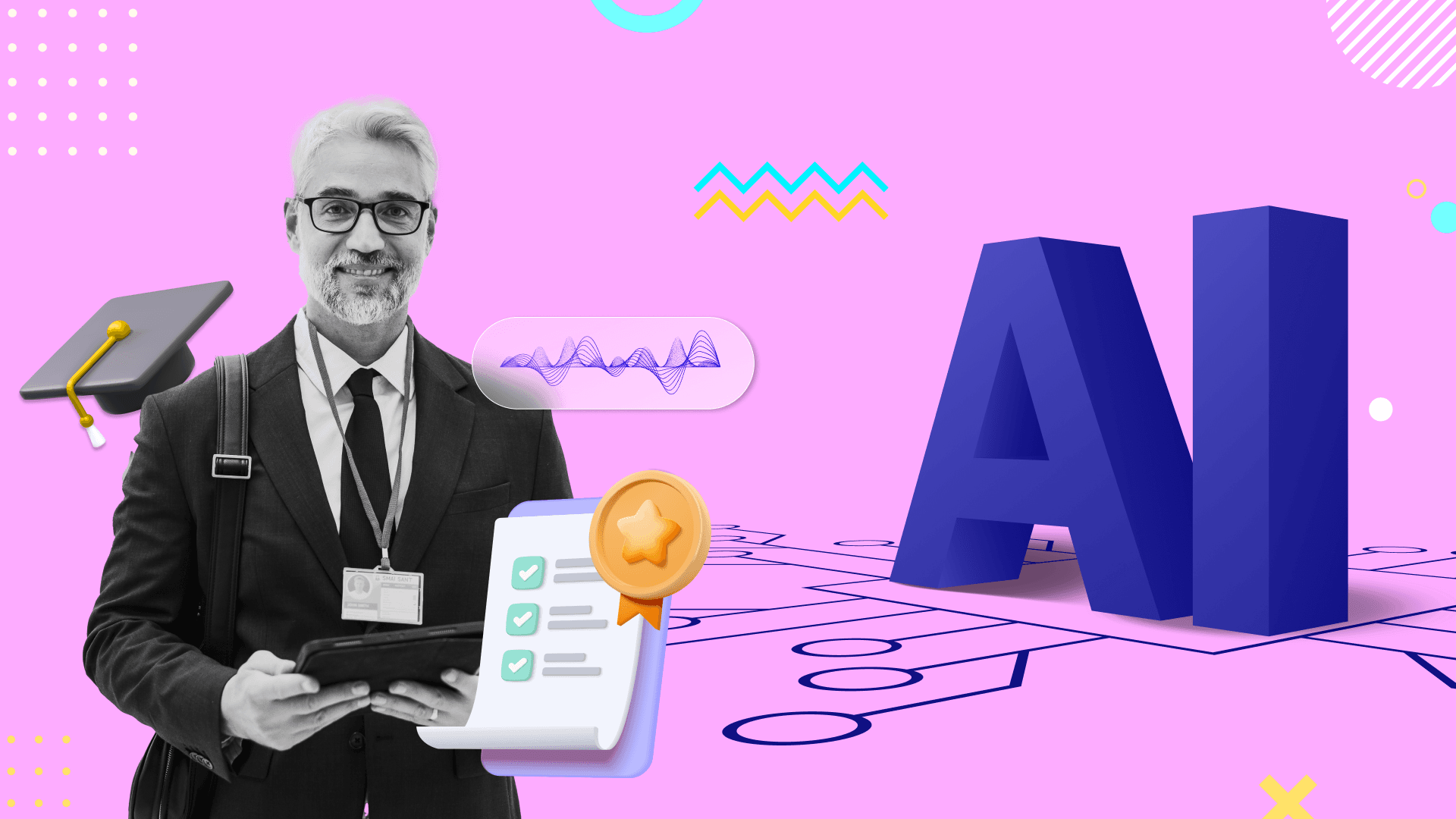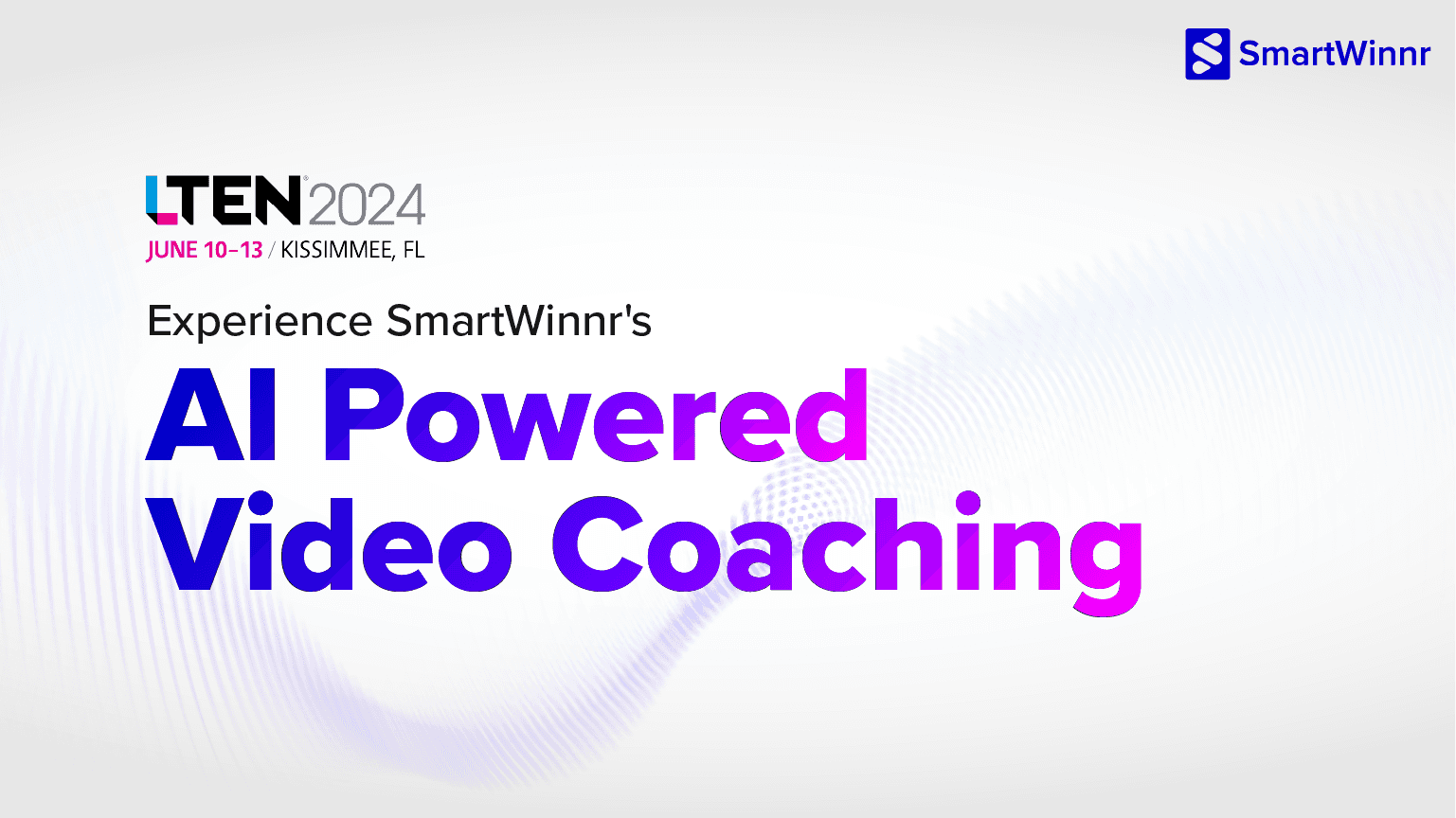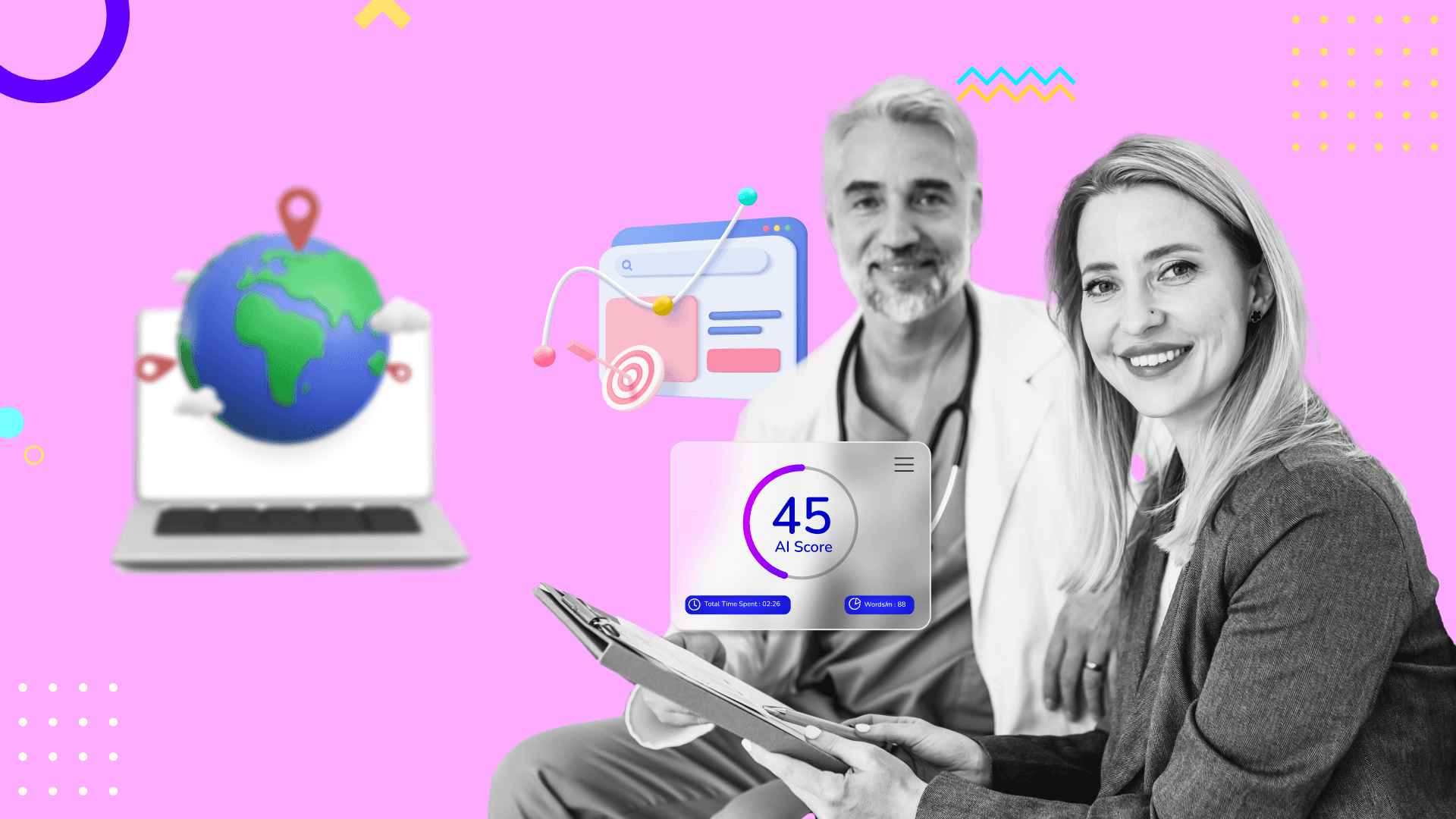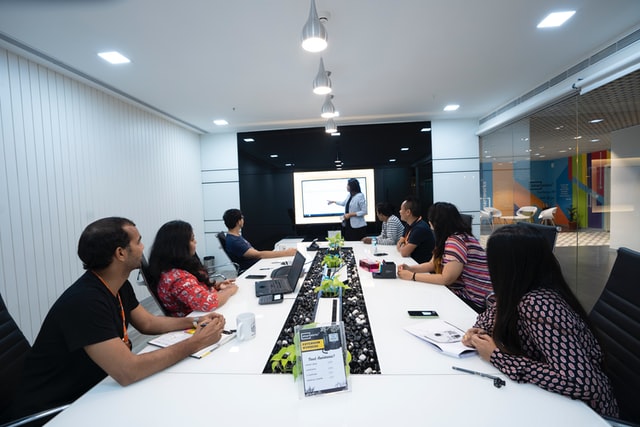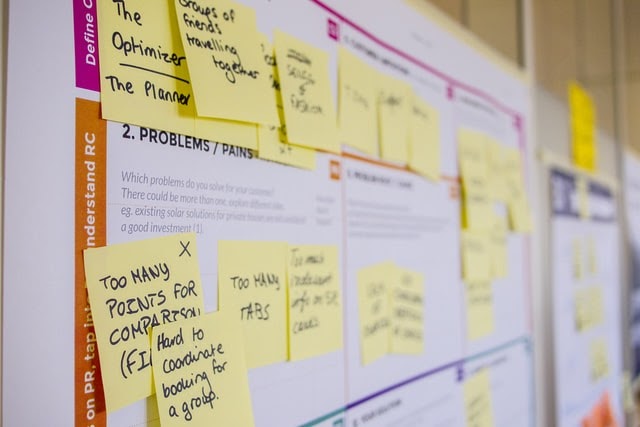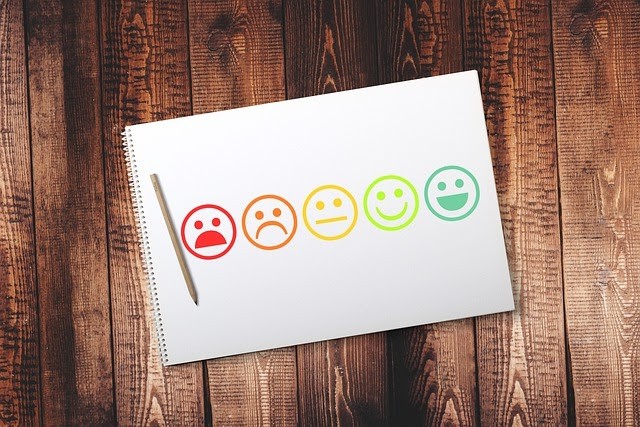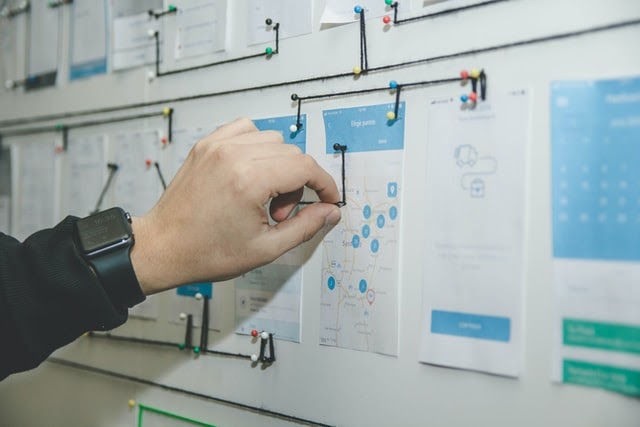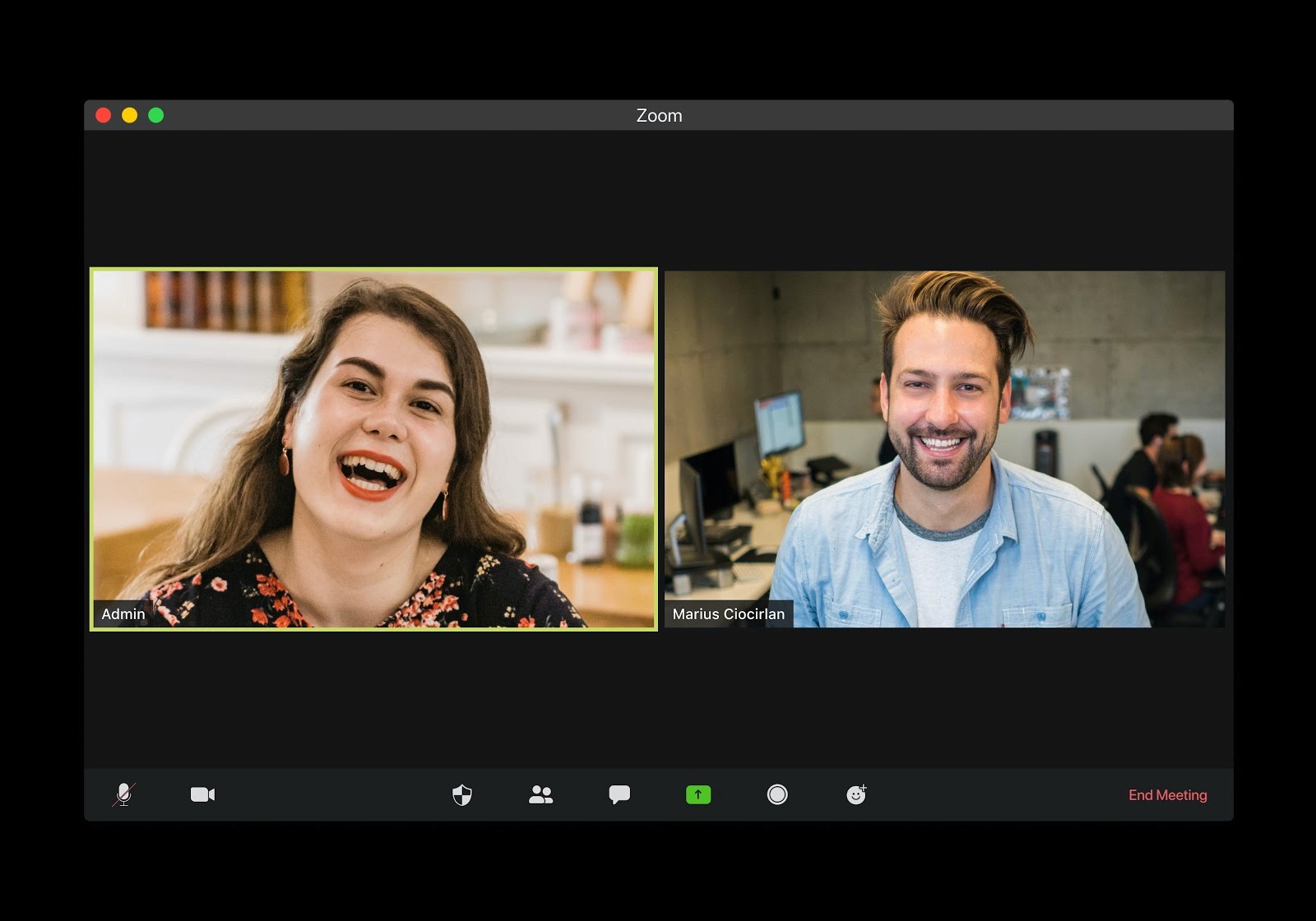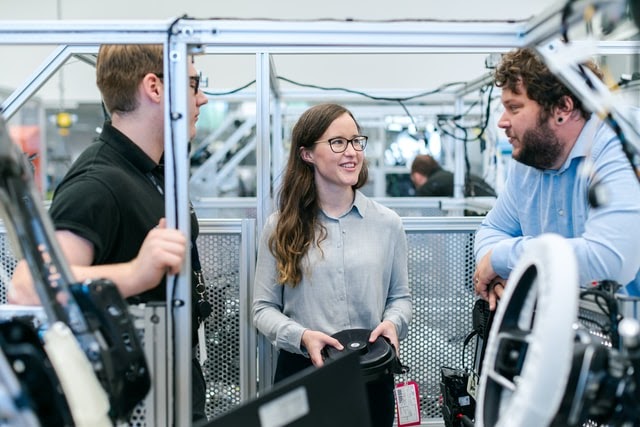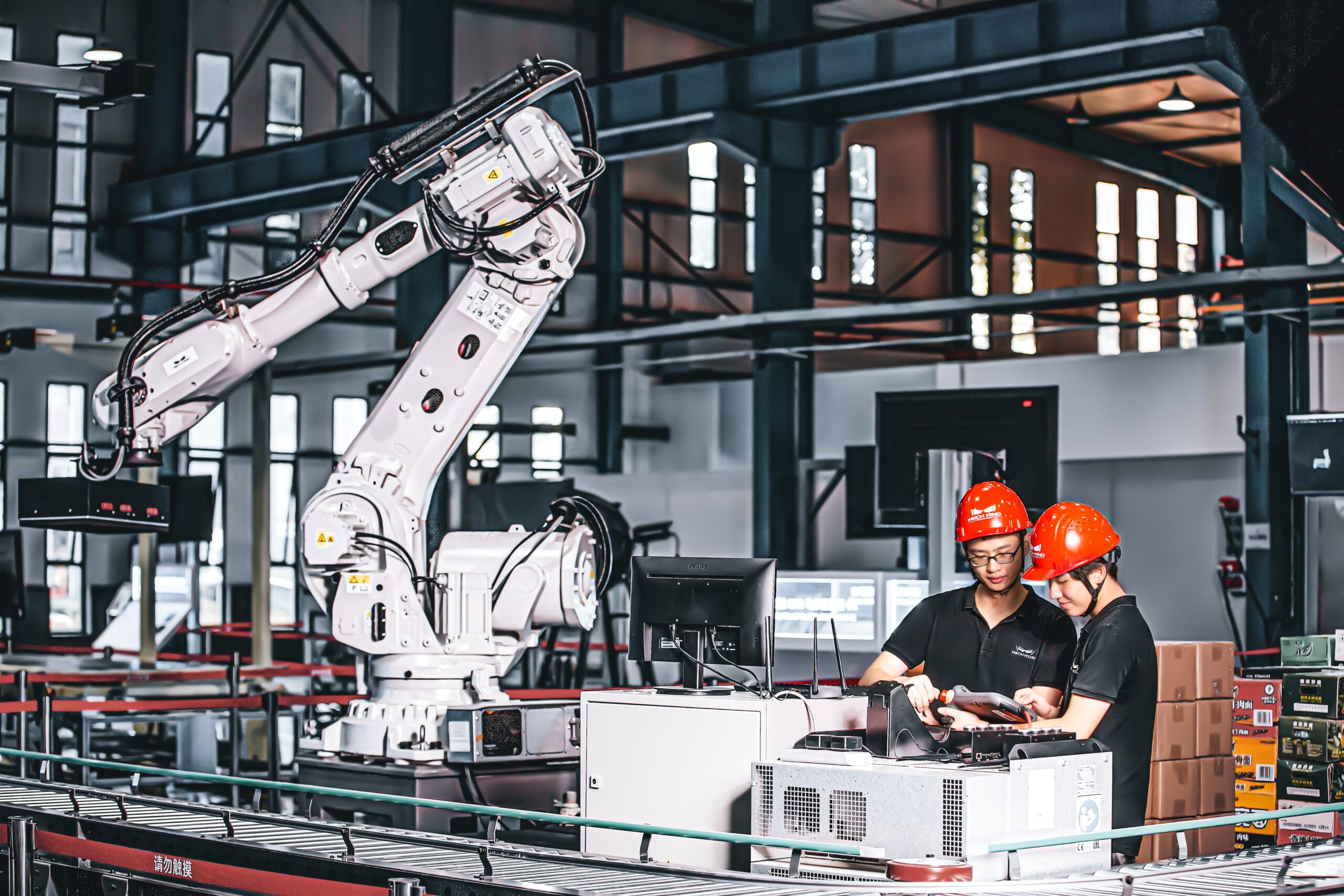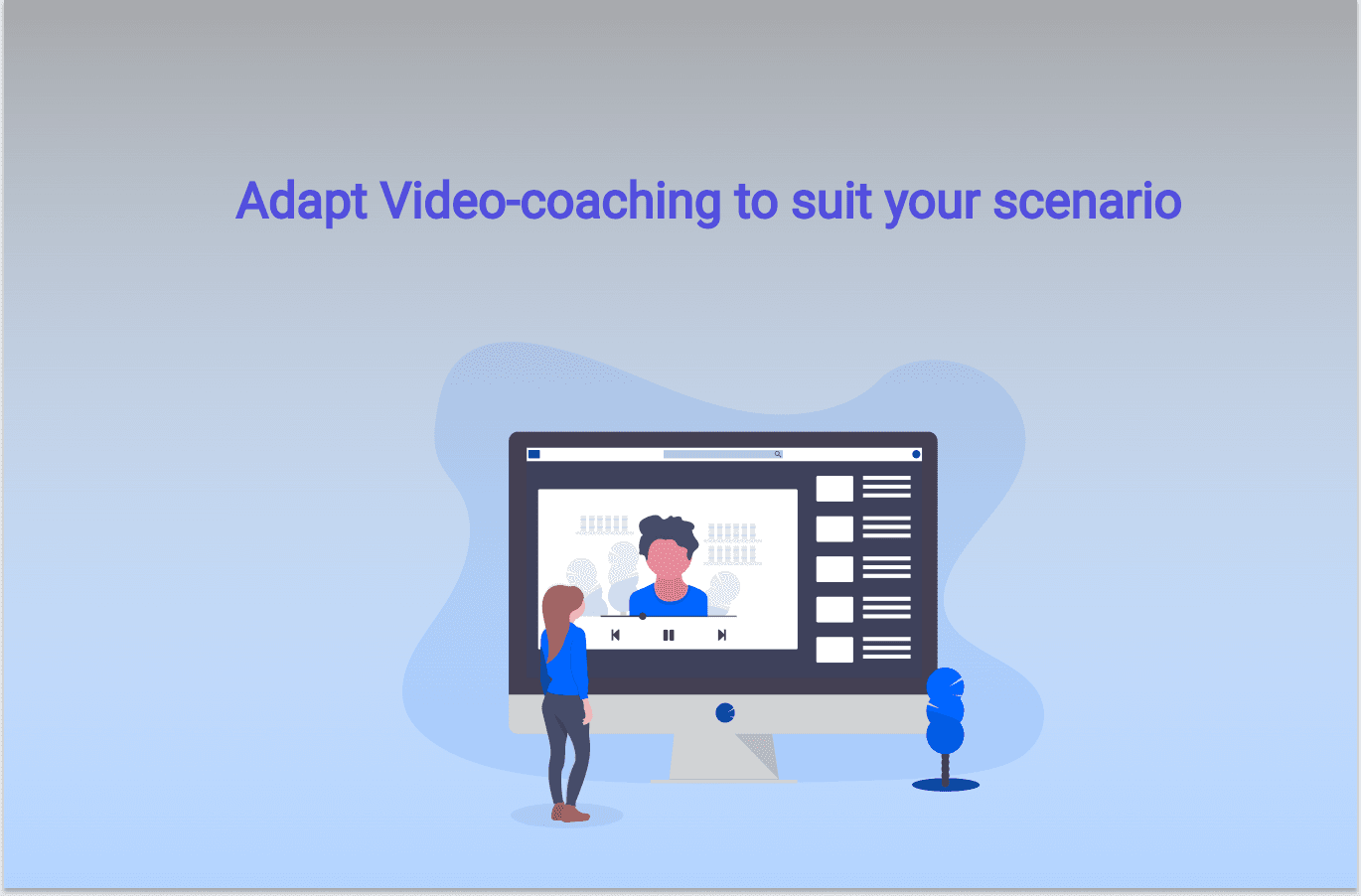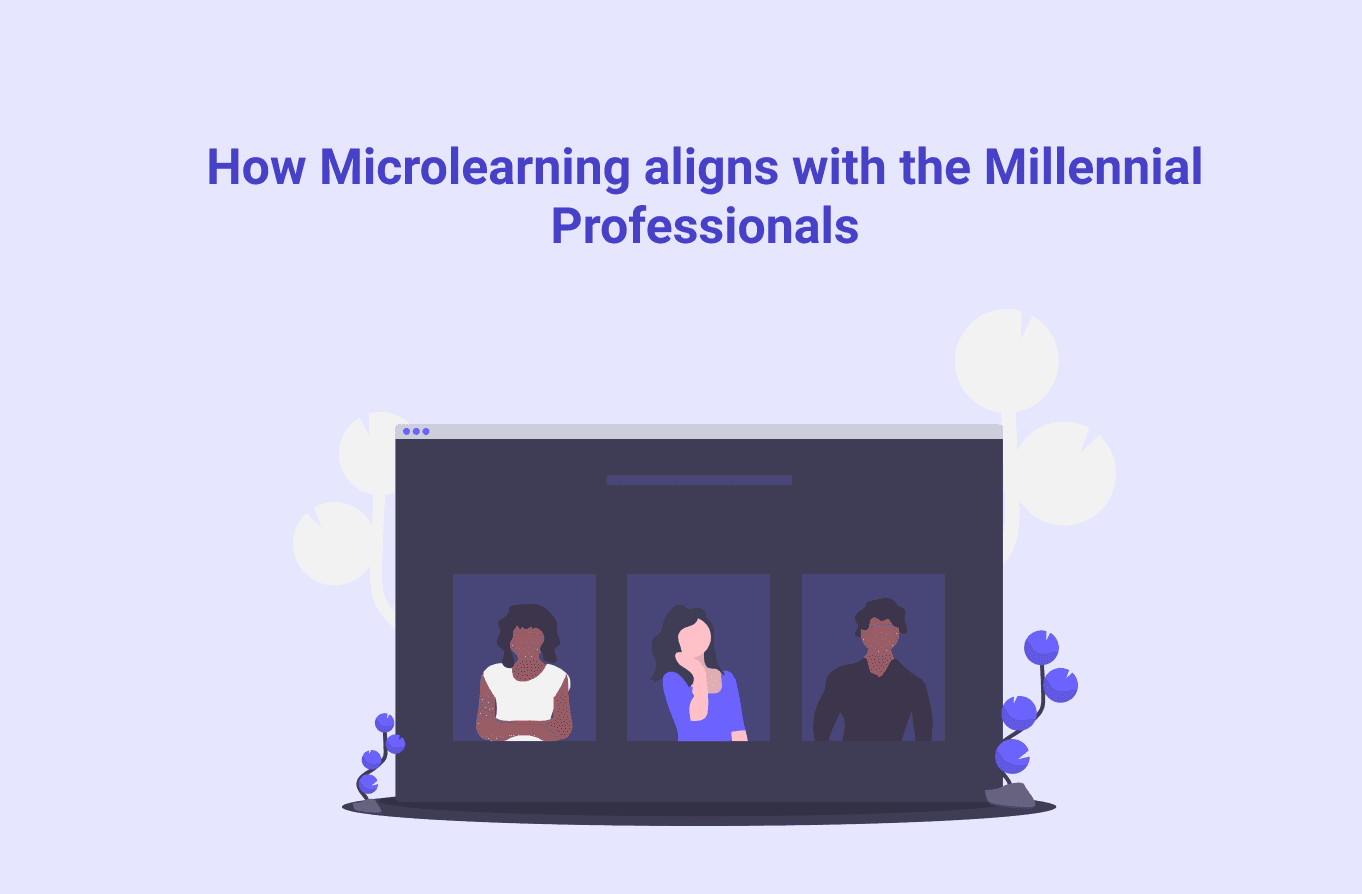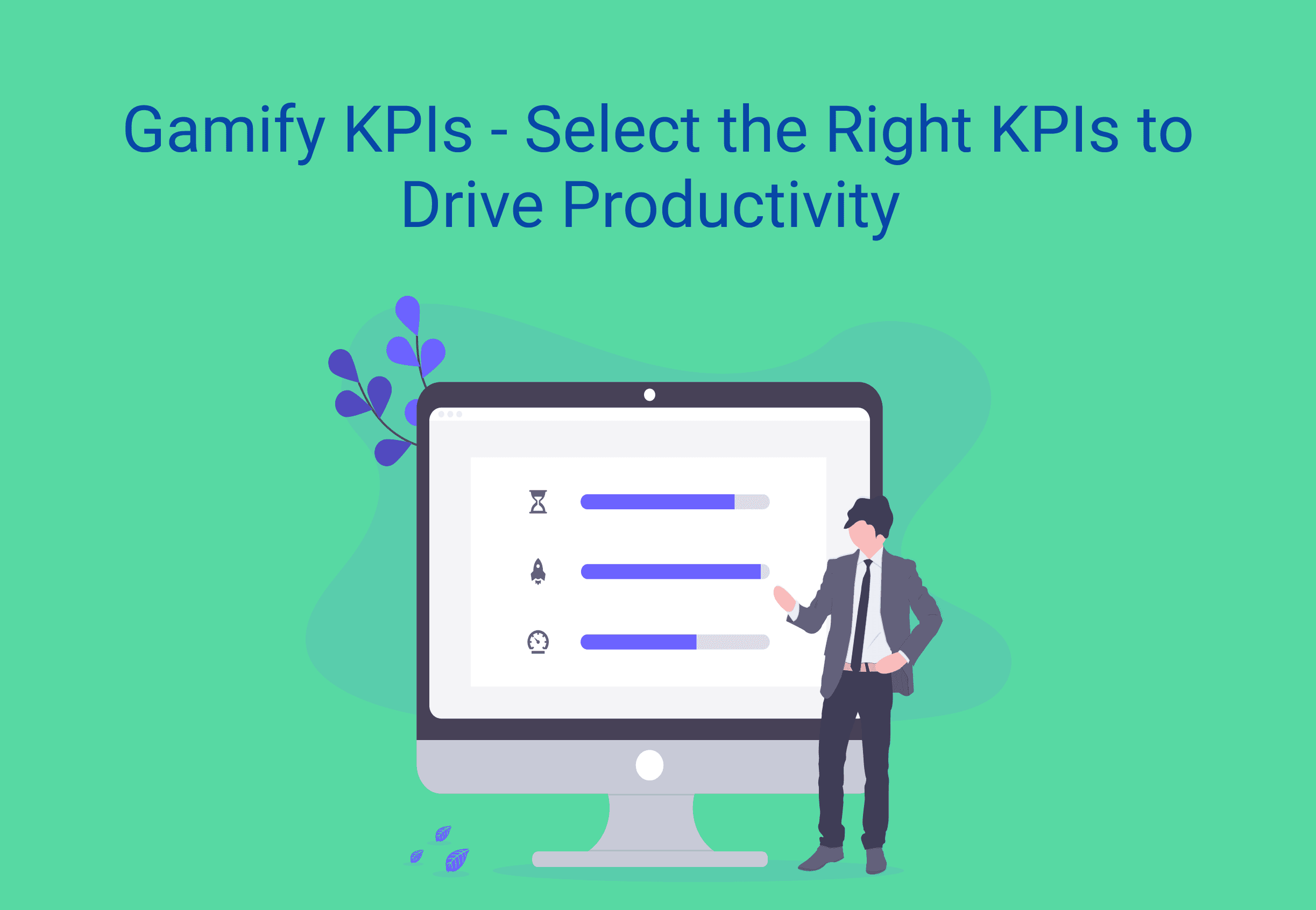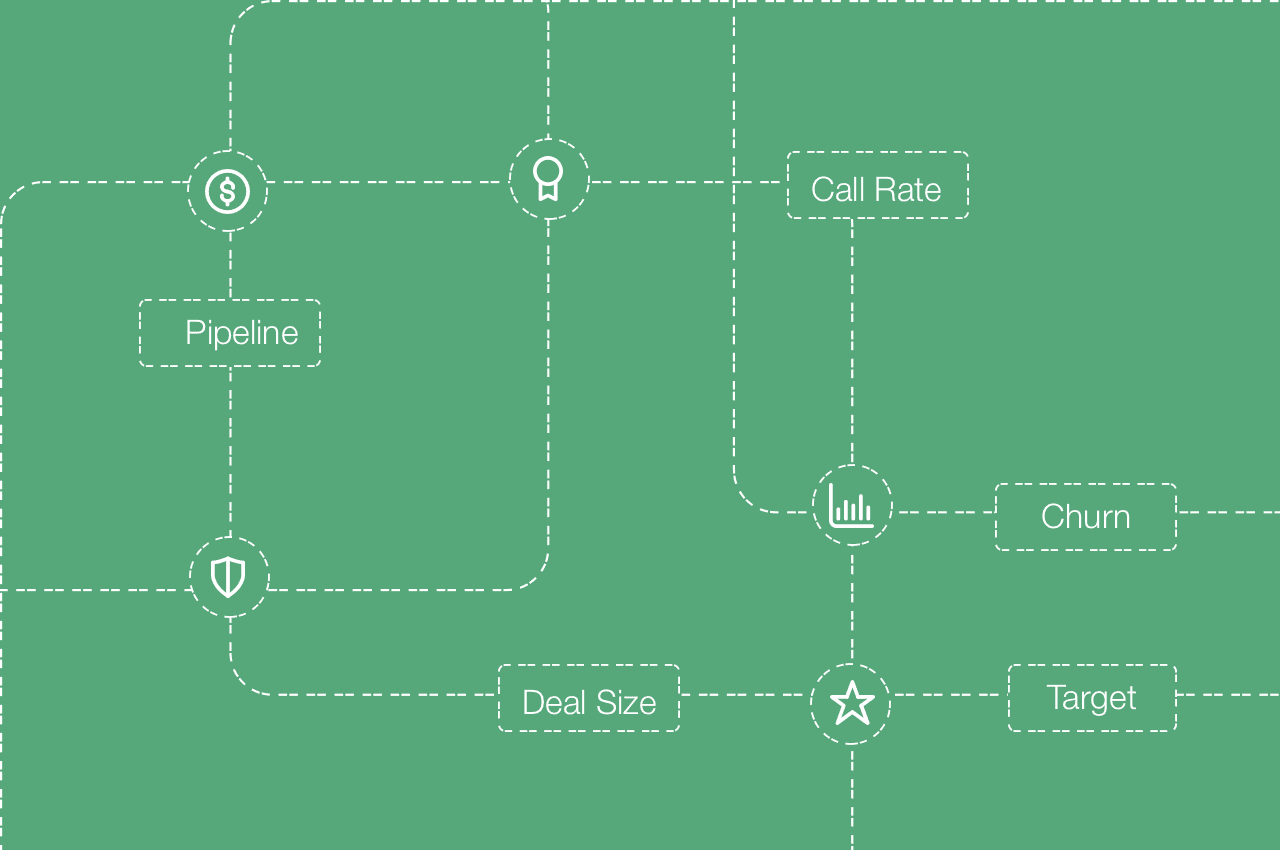Microlearning as a supplement for LMS
If you are a sales manager or an L&D professional you must be familiar with this trend called microlearning. Over the past few years, this term has got the most limelight with regards to corporate training. The rising popularity of microlearning has left everyone thinking if it is going to completely replace the traditional LMS in near future. But in reality, the purpose of microlearning is to supplement your traditional learning and development initiatives.
The traditional LMS system is extremely valuable when it comes to providing initial training to your employees. Microlearning then helps in refreshing that initial training regularly.
LMS paired with microlearning makes a perfect learning ecosystem. Therefore, they should not be viewed as mutually exclusive investments. Each has its own value and outcomes, but are maximized with an integrated approach.
Let us now explore the key reasons why microlearning and LMS have to co-exist to make a winning combination for training your team.
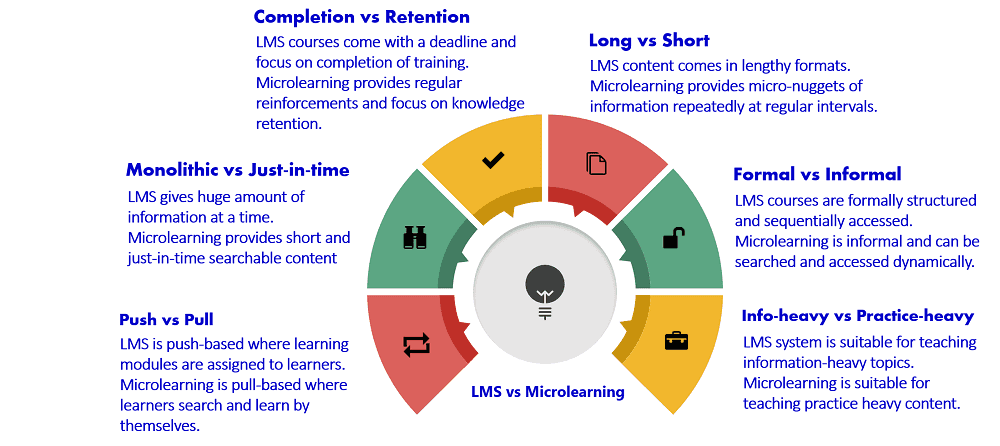
1. Completion vs Retention
LMS mainly focuses on completion of the training. Usually, an online course is assigned to the employees by their managers. This course comes with a deadline before which the employees have to complete it. When the employees complete the course, their training is done. This type of courses play an important role in imparting fundamental information.
On the other hand, microlearning focuses on the retention of knowledge. Microlearning presents small snippets of information regularly to the learners. This information is interspaced with quizzes to test their knowledge. Based on their answers the information is either repeated or new information is presented to them. This learning structure effectively reinforces the fundamental information that the employees have gained.
2. Monolithic vs Just-in-time
LMS system usually provides all the information on a topic at a time in a single module. This information includes text-based content, videos, audios, assessments etc. The learners will be able to access all this information only once while taking the course. This works well as an initial step to introduce the learners to a new training topic.
Microlearning meets just-in-time learning needs. It acts as a performance support tool for learners. It provides highly relevant, easily searchable and continuously available content. Also, the learners have the flexibility to access this content on the device of their choice. This provides a way to reinforce the new concepts so that the learners remember them for a long time.
3. Push vs Pull
LMS system follows a push-based learning structure wherein the managers assign a piece of learning to the employees. It is mandatory for the employees to complete this assigned course. This learning structure is useful when your employees have to learn a skill in a certain time and format.
Microlearning follows a pull-based learning approach. Here the learners can search and consume the information when they need by themselves. This type of learning follows the psychology that training is most effective when learners actively seek out information by themselves. It encourages the learners to explore, learn, practice, face a challenge, solve a problem and so on.
4. Long vs Short
Usually, in LMS, content is available in lengthy formats. Be it text-based content, videos or audios. This content can be consumed only once by the learners. This learning format serves as an initial step to mastering the subject.
Microlearning transforms the lengthy training content into micro-nuggets. These micro-nuggets of information are sent to the learners repeatedly at regular intervals. This helps in effectively reinforcing the primary, formal training.
5. Formal vs Informal
The LMS courses comprise of formally structured training modules. They have a predefined procedure of going through the course. A learner can access a specific training module only after completing all the modules that come before it. This type of structure facilitates a way to train your employees sequentially on various topics.
Microlearning presents an informal learning structure. Here, the learners can dynamically search and access the training content. They have the flexibility to access any information without going through a sequence. Also, gamification adds an element of fun to this informal learning structure. This comes in handy when the learner needs to get a refresher on a particular topic instantly.
6. Info-heavy vs Practice-heavy
LMS system is better suited for teaching information-heavy topics. For example, when you have to train your sales reps on social selling, an LMS course is the best option. It can efficiently provide extensive information about the topic. Right from the introduction to covering all the best practices of social selling.
Microlearning, on the other hand, is suited for teaching practice-heavy content. For example, it is impractical to create a 2-hour long video on “Tips to identify phishing emails”. This topic is better delivered using micro-nuggets like– infographics or short snippets of information.
Final Thought
Preparing your workforce to be agile, responsive, and compliant is essential for the success of your organization. Pair your LMS with microlearning to make that a reality—and at scale.
Want to learn more about microlearning? Read the below articles:Permalink
How to Convert a PowerPoint Presentation into Microlearning Content?
Microlearning- An effective way to train millennials
Use Micro-Learning to Turbo-Charge your Sales Team
Looking for a platform to automate the process of delivering microlearning feeds to your learners?
Explore SmartWinnr’s SmartFeeds. SmartFeeds help you create microlearning feeds and deliver them to your learners through the SmartWinnr mobile app regularly. Your learners can then like and react to these feeds. This helps in increasing the engagement of the learners.
Interested to see it in action? Book a demo today!
Looking for a sales training software that takes your sales training to a whole new level?
Explore SmartWinnr’s Learning and Gamification features. Learn how to run fun and engaging sales training and sales coaching for your team through SmartWinnr.
Curious to learn more about it? Book a demo today!


